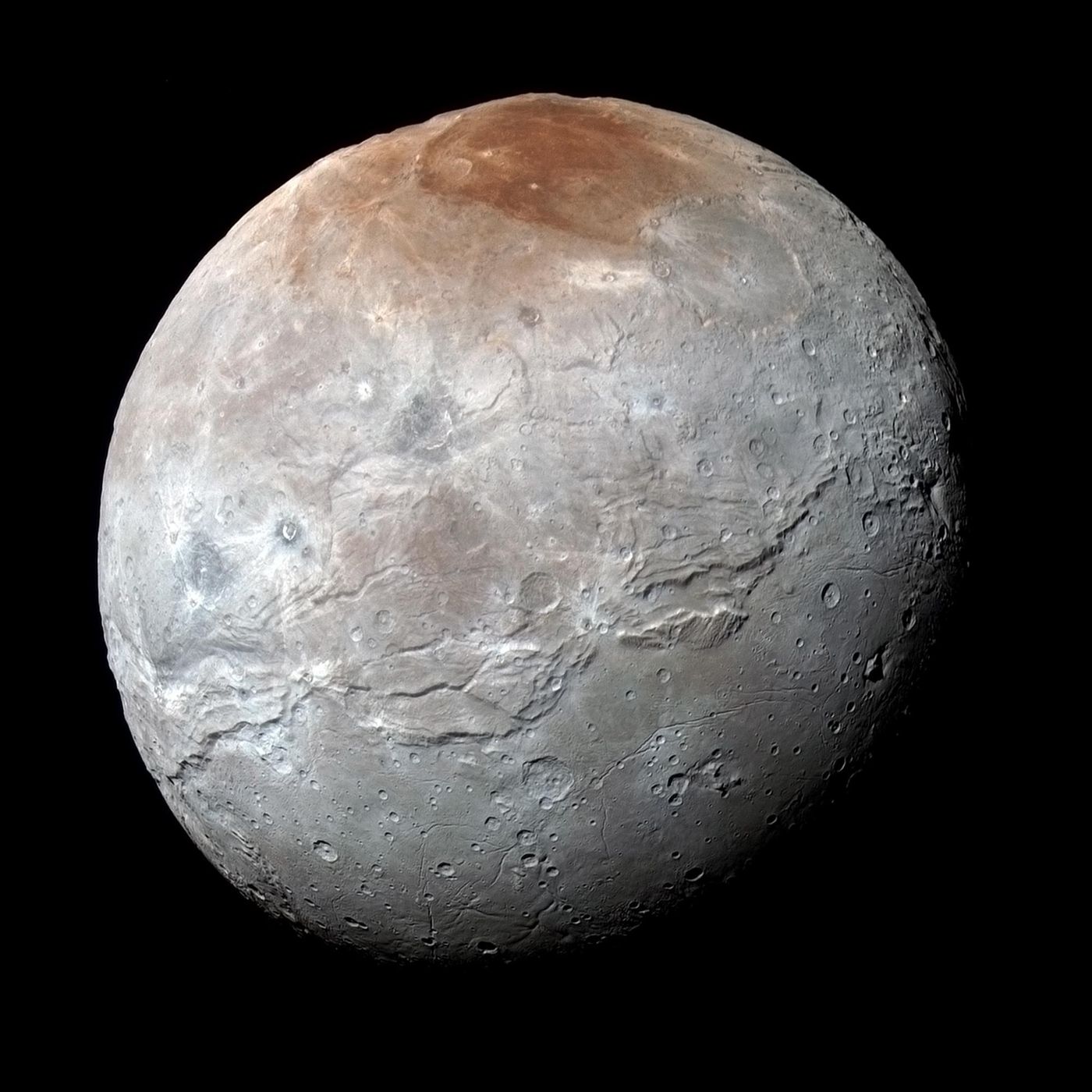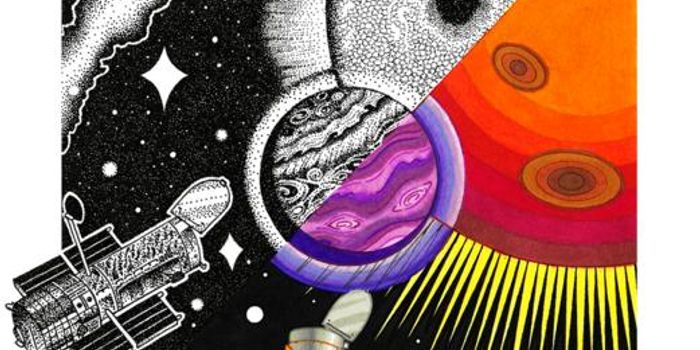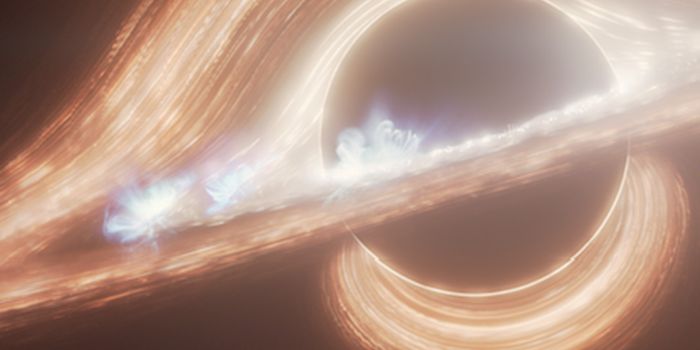Pluto's Giant Moon, Charon | Solar System Moons
Pluto's largest moon, Charon. (Credit: NASA/Johns Hopkins University Applied Physics Laboratory/Southwest Research Institute)
Labroots recently explored Saturn’s sponge-like moon, Hyperion, with its deep craters and non-spherical shape. This moon is an example of how the Universe and the laws of astrophysics work in both wonderful and mysterious ways. Here, we will explore a moon that exists much farther away from Earth than Hyperion, and that’s Pluto’s largest moon, Charon.
Pluto’s moon, Charon was discovered in June 1978 by at the US Naval Observatory in Flagstaff, Arizona, by Robert Harrington and James Christy as the two astronomers were conducting research on trying to refine Pluto’s orbit around our Sun and identified Charon almost entirely by accident during their research.
Contrary to our own Moon, which is approximately one-quarter the diameter of Earth and orbits approximately 250,000 miles away, Charon’s diameter is almost half the size of Pluto while only orbiting just over 12,000 miles from Pluto. The close size between Pluto and Charon which makes Charon the largest known satellite compared to its parent body, and they are often referred to as a double dwarf planet system.
Charon is a geologically diverse planetary body, with scientists having identified 16 different types of geologic units, meaning there are 16 different types of landscapes that cover its surface. These surface features include craters, cliffs, troughs, scarps, various types of terrain, graben, and crests, and other features, as well.
One unique feature that scientists discovered about Charon is most of its craters appear to be very young, which is something they weren’t expecting, especially since old craters are frequently observed on various planetary bodies throughout the Solar System, specifically on Mars.
The only spacecraft to visit Charon up-close is NASA’s New Horizons spacecraft, which flew through the Pluto system in July 2015. This was the first time that both Pluto and Charon were both imaged up-close, and this quick flyby revealed so much about Charon, to include a red spot near its north polar region.
For now, there are no missions currently scheduled to re-visit Pluto and its largest moon, but scientists have a treasure trove of data that they’re still pouring over that could teach us even more about Charon in the coming years.
What new insights will we learn about this large and mysterious moon? Only time will tell, and this is why we science!
Sources: Labroots, NASA, AGU, NASA (1), Labroots (1)
As always, keep doing science & keep looking up!









